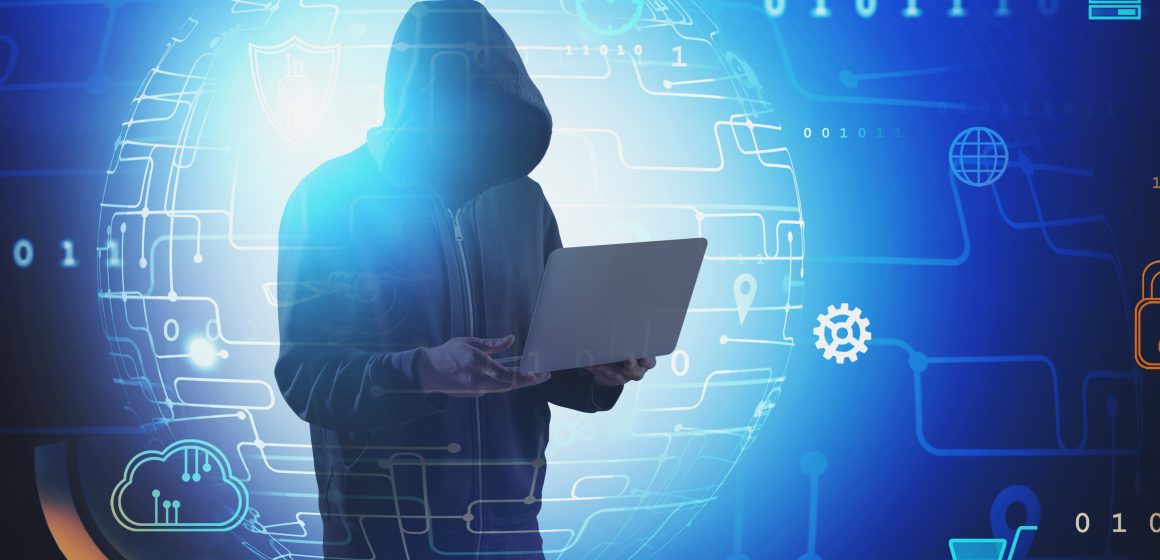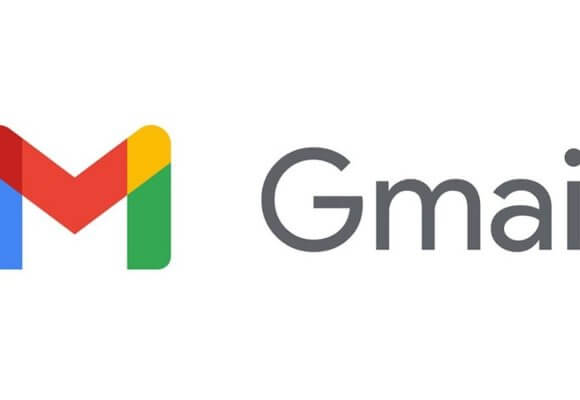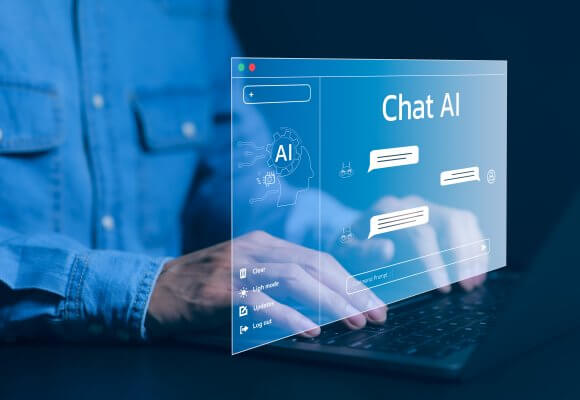|
LISTEN TO THIS THE AFRICANA VOICE ARTICLE NOW
Getting your Trinity Audio player ready...
|
Constant evolution of technology also requires advancements in cybersecurity measures to protect against the growing number of cyber threats. In this article, we’ll explore some of the latest technologies used in cybersecurity today:
1) Artificial Intelligence and Machine Learning
Artificial Intelligence (AI) and Machine Learning (ML) are being widely used in cybersecurity. They can detect and respond to cyber-attacks more accurately and efficiently than traditional methods. AI and ML analyze large amounts of data, identifying patterns and anomalies that could indicate cyber-attacks. This technology is also useful for developing predictive models to anticipate potential cyber threats.
Current use of AI/ML in cybersecurity includes:
- Machine learning algorithms to predict cyber threats and detect anomalies in network traffic.
- AI-powered chatbots and virtual assistants to assist with security queries.
- Advanced threat intelligence using AI to identify emerging threats.
2) Quantum Cryptography
Quantum Cryptography is a new technology that uses quantum mechanics to encrypt data. Unlike traditional encryption methods that use mathematical algorithms, Quantum Cryptography uses the principles of quantum physics to encrypt data. This technology is considered unbreakable since any attempt to intercept the data will change it, making it unusable. This technology is still in its early stages, but it has the potential to revolutionize cybersecurity.
Current uses of Quantum Cryptography in cybersecurity include:
- Secure communication between military and government organizations.
- Securing financial transactions between banks.
- Securing data in the healthcare industry.
3) Biometric Authentication
Biometric authentication uses unique physical characteristics to authenticate a user’s identity. This technology uses fingerprints, facial recognition, and other biometric data to verify a user’s identity. Biometric authentication is becoming increasingly popular since it is more secure than traditional password-based authentication. Hackers can easily guess or steal passwords, but biometric data is unique to each individual and cannot be easily replicated.
Current uses of Biometric Authentication in cybersecurity include:
- Facial recognition to secure mobile devices.
- Voice recognition to secure access to customer support.
- Fingerprint scanning to secure banking transactions.
4) Blockchain
Blockchain is a distributed ledger technology that is commonly associated with cryptocurrencies like Bitcoin. However, Blockchain technology has potential use cases beyond finance. Blockchain technology can be used to secure data in a decentralized manner. This technology is still in its early stages, but it has the potential to transform cybersecurity by providing a more secure way to store and share data.
Current uses of Blockchain in cybersecurity include:
- Data privacy management in the healthcare industry.
- Secure data storage in the cloud.
- Protecting against cyber fraud and unauthorized access.
5) Software-Defined Perimeter
The Software-Defined Perimeter (SDP) creates a secure network perimeter around a specific application or service. This technology is designed to protect against cyber-attacks by only allowing authorized users to access specific resources. This technology is becoming increasingly popular because it is more flexible than traditional perimeter-based security measures.
Current uses of Software-Defined Perimeter in cybersecurity include:
- Secure remote access to business-critical applications.
- Protecting sensitive data on cloud-based applications.
- Securing critical infrastructure in the energy sector.
These are just a few examples of the latest technologies being used in cybersecurity today. With the rise of cyber threats, it is essential to have strong cybersecurity measures to protect against them. These new technologies provide more secure and efficient cybersecurity measures to safeguard against cyber-attacks. As these technologies continue to develop, they will become more prevalent in cybersecurity, providing enhanced protection against cyber threats.




























LEAVE A COMMENT
You must be logged in to post a comment.